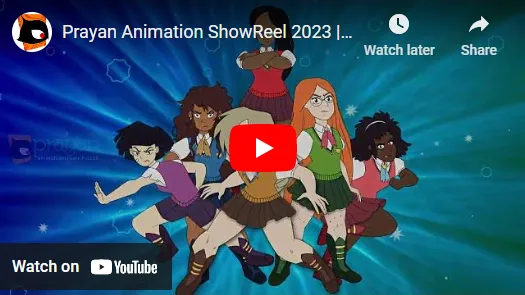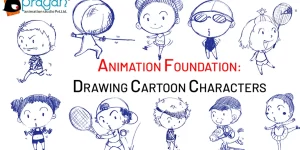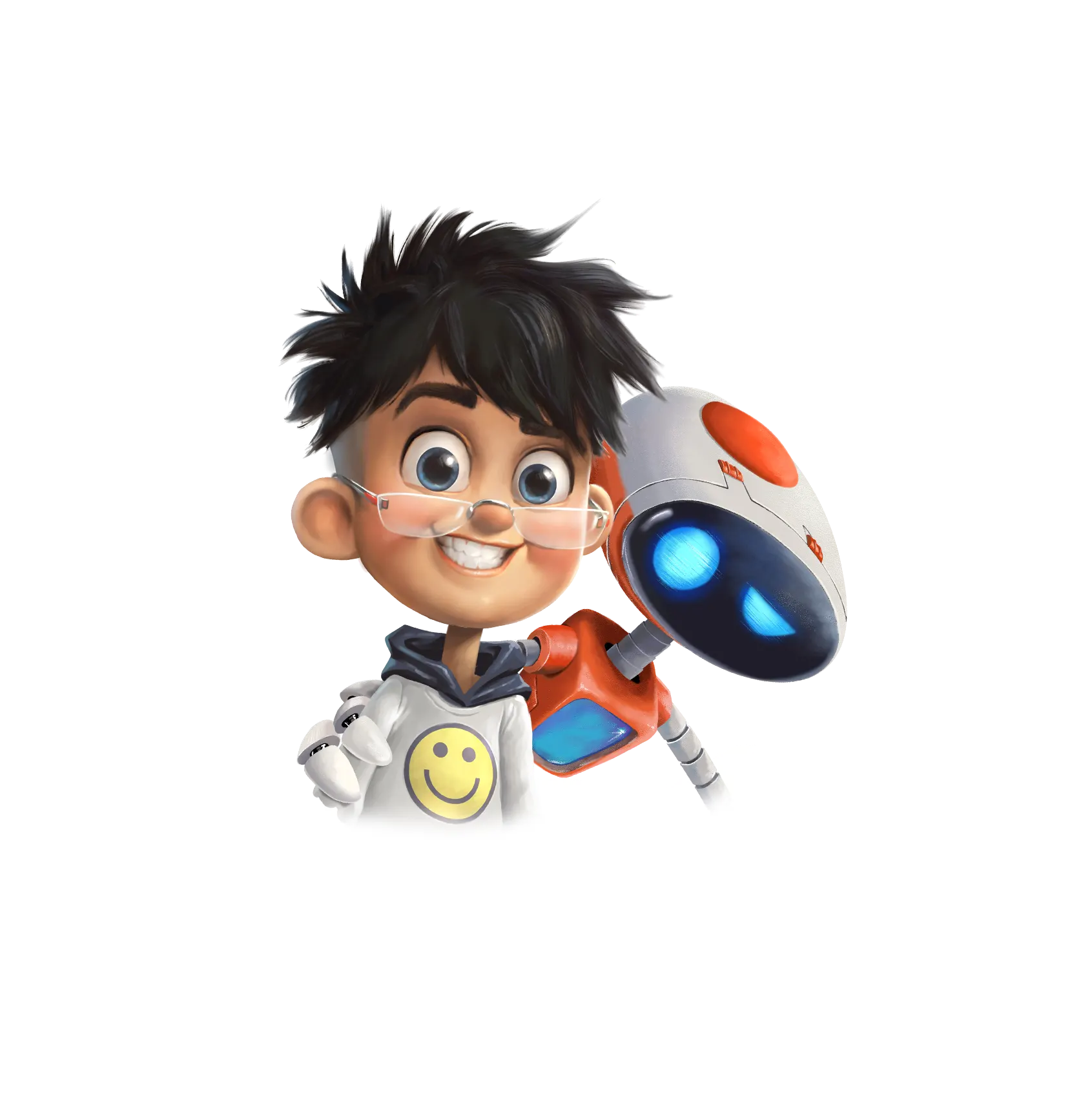How to Master Animation: The Ultimate Guide for Beginners

For many generations, animation has captivated audiences everywhere. This artistic medium has evolved and continues to inspire, from traditional hand-drawn animations to cutting-edge computer-generated works of art. You’ve come to the correct place if you’re a novice looking to explore the world of animation. With the help of this comprehensive tutorial, you may take the first steps on your path to becoming an animation master.
Recognize the Fundamentals
Spend time learning the basics of animation before going into the technical parts. Create awareness about the various forms of animation, including 2D, 3D, stop-motion, and motion graphics. To appreciate the many styles and approaches employed, watch a variety of animated films and television series.
Choose Your Animation Software
Animation software is the backbone of your journey as an animator. There are various options available, each with its own strengths and purposes. For 2D animation, consider software like Adobe Animate, Toon Boom Harmony, or OpenToonz. For 3D animation, popular choices include Autodesk Maya, Blender, and Cinema 4D. Start with user-friendly software that matches your needs and gradually explore more complex tools as you progress.
Master the Principles of Animation
To create compelling and lifelike animations, learn and practice the 12 principles of animation, as introduced by Disney animators Ollie Johnston and Frank Thomas. These principles include:
- Squash and Stretch: Gives the illusion of weight and flexibility to objects or characters.
- Anticipation: Prepares the audience for an action, making it more believable.
- Staging: Presents an idea or action clearly and distinctly.
- Straight Ahead Action and Pose to Pose: Two different approaches to animating movement.
- Follow Through and Overlapping Action: Ensures that different parts of a character move at different rates.
- Slow In and Slow Out: Adds more realism by gradually accelerating and decelerating an action.
- Arcs: Animate in smooth arcs for natural movement.
- Secondary Action: Adds depth and interest to the primary action.
- Timing: Determines the speed and pace of an action.
- Exaggeration: Enhances the appeal and expressiveness of characters and actions.
- Solid Drawing: Conveys a three-dimensional illusion on a two-dimensional surface.
- Appeal: Ensures that characters are visually appealing and captivating.
Start Simple, Practice Regularly
Begin with simple exercises to grasp the basics of animation. Create bouncing balls, pendulum swings, and basic character movements. Repetition is key to improving your skills, so practice regularly. Be patient with yourself; animation requires time and dedication to master.
Study Anatomy and Movement
Understanding anatomy is crucial for animating believable characters. Study the human and animal anatomy to give your creations a sense of realism. Observe how people and animals move in real life or by watching reference videos. This knowledge will enhance the fluidity and naturalness of your animations.
Join Animation Communities
Immerse yourself in the animation community by joining forums, and social media groups, and attending animation events or workshops. Sharing your work and receiving feedback from experienced animators can be incredibly beneficial. Collaborating with other animators can also lead to valuable insights and inspiration.
Learn from Online Resources
The internet is a treasure trove of animation tutorials and courses. Platforms like YouTube, Udemy, and Coursera offer a wide range of animation lessons for beginners and advanced learners alike. Take advantage of these resources to continuously expand your knowledge and skills.
Analyze and Deconstruct Animations
As you progress, analyze animations created by professionals in the industry. Break down scenes and movements to understand how they were crafted. Pay attention to pacing, timing, and the application of the animation principles. This practice will help you learn from the best and develop your unique style.
Build a Strong Portfolio
Create a portfolio showcasing your best animation works. Potential employers or clients will often judge your abilities based on your portfolio. Include a variety of animations to demonstrate your versatility and skills in different styles and techniques.
Embrace Feedback and Keep Improving
Finally, be open to feedback and critique. Constructive criticism is essential for growth as an animator. Embrace it with humility and use it to refine your work continually. Animation is a field where learning never truly ends, so remain curious, stay dedicated, and keep improving.
In conclusion, mastering animation is a journey that requires patience, passion, and perseverance. Armed with the right knowledge, tools, and a lot of practice, you can bring your imagination to life and create mesmerizing animations that captivate audiences worldwide. So, start animating, and let your creativity take flight!














 We can help you.
We can help you. 




